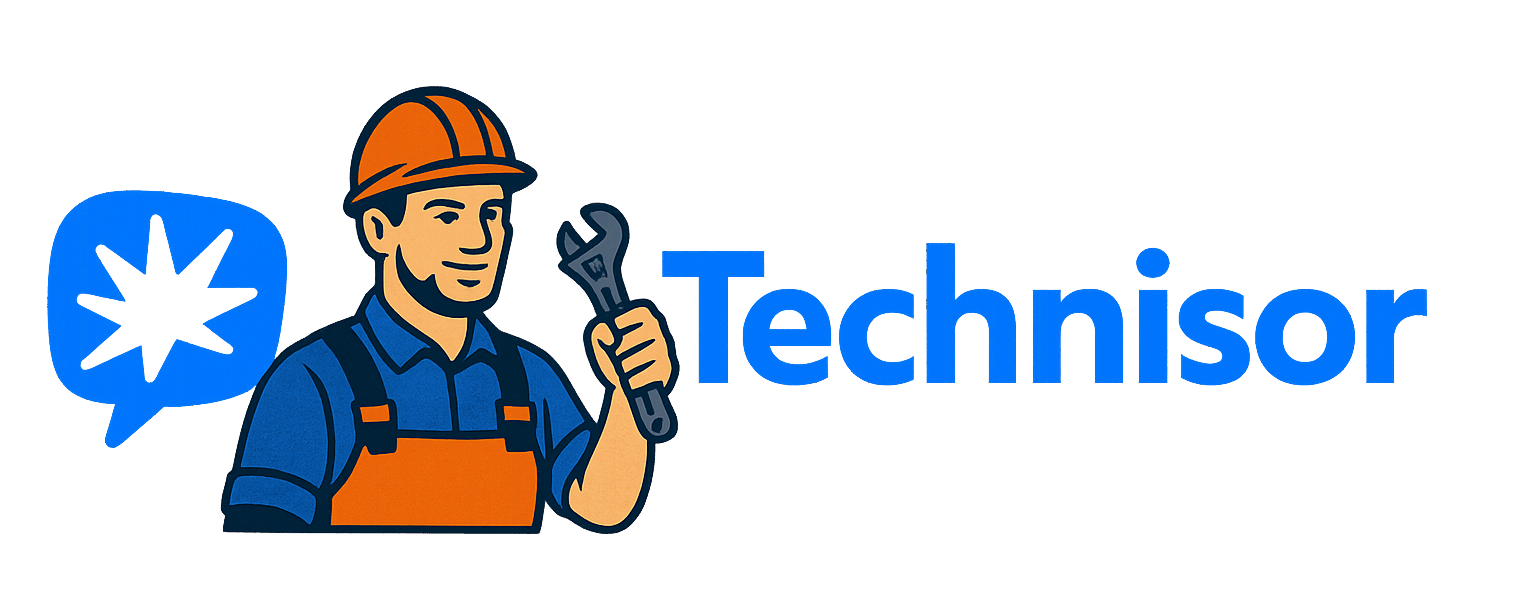How to find the best loan interest rates
Finding the best loan interest rate isn’t about luck — it’s about strategy. The difference between an average rate and a great one can save you thousands of dollars over the life of your loan.
Whether you’re borrowing for a home, car, or personal expenses, the secret is knowing how lenders think and preparing yourself to look like their ideal borrower.
Here’s how to uncover the lowest, fairest, and most competitive rates available — step by step.
Understand What Impacts Your Rate
Every lender calculates risk before deciding what rate to offer you. The lower your risk, the lower your rate.
Your credit score is the biggest factor. A strong history of on-time payments, low credit-card utilisation, and minimal debt signals reliability. Lenders also look at:
- Your income and employment stability
- The type of loan (secured vs unsecured)
- Your loan term — shorter terms often mean lower rates
- Whether you’re existing customer with the bank
💡 Tip: Check your credit report for free through Equifax or Illion before applying — small corrections can improve your rate dramatically.
Use Pre-qualification and Rate Estimate Tools
Never apply blindly. Most major lenders — including Westpac, ANZ, CommBank, and Latitude Financial — now offer pre-qualification tools that show your personalised interest rate without affecting your credit score.
These “soft check” tools allow you to compare offers safely and understand what range you fall into before submitting a formal application.
By collecting a few pre-qualified results, you’ll know which lender values your profile most — and where to negotiate confidently.
Compare Rates, Fees, and Comparison Rates
The interest rate is only part of the story. What really matters is the comparison rate, which includes mandatory fees like establishment and monthly service charges.
For example, a 7.00% p.a. rate may turn into a 7.35% comparison rate once fees are added — a crucial difference when comparing lenders.
Also consider:
- Application or set-up fees
- Ongoing account fees
- Early repayment penalties
- Redraw or flexibility options
Use trusted comparison websites such as Canstar, Finder, RateCity, or Mozo to view side-by-side offers from banks and online lenders.
Improve Your Financial Profile Before You Shop
To access the best rates, make yourself the best borrower. Lenders reward people who manage money responsibly.
Take these steps first:
- ✅ Pay off credit-card balances and personal debts.
- ✅ Avoid new credit applications for 3–6 months before applying.
- ✅ Show consistent savings and income deposits.
- ✅ Keep your spending stable — lenders review your bank statements.
A borrower who looks financially stable is always offered lower rates. Preparation is power.
Leverage Bank Relationships and Loyalty Discounts
If you already bank with an institution, use that relationship to your advantage. Existing customers often qualify for exclusive discounts or lower interest brackets.
Many banks run loyalty offers like:
- 0.25%–0.50% off standard rates for current clients
- Fee waivers for combined products (loan + credit card + insurance)
- Special packages for home-loan or mortgage customers
Call your bank and ask about customer-only promotions. They rarely advertise these, but they’re often available when you ask.
Consider Refinancing When Rates Drop
Interest rates shift with the economy. When the Reserve Bank of Australia (RBA) lowers the cash rate, lenders usually follow. If your current loan rate is now above market averages, consider refinancing.
By switching to a lower-rate product — even a 0.50% reduction — you could save thousands over the term. Check your current lender’s refinancing policy, and always factor in exit or switching fees.
Watch Out for Hidden Costs and Terms
Not every “low rate” is truly low. Some lenders advertise attractive numbers but include:
- High establishment fees
- Account-keeping charges
- Expensive insurance add-ons
- Early-exit penalties
Always read the fine print before signing. A slightly higher rate with fewer fees can often be cheaper in the long run.
Timing the Market and Seasonal Offers
Banks and lenders regularly run promotions tied to the financial year, public holidays, or Reserve Bank announcements. Applying during these campaigns can secure:
- Waived fees
- Fixed-rate discounts
- Cashback bonuses
Subscribe to rate-alert newsletters or comparison-site notifications to spot these windows early.
Sometimes, the best deal isn’t about the lender — it’s about the timing.
FAQ — Best Loan Interest Rates
💰 What is a good personal-loan rate in Australia right now?
Anything under 9% p.a. for unsecured loans or 6% p.a. for secured loans is considered competitive.
📈 Does applying for multiple loans hurt my credit score?
Yes, multiple hard enquiries in a short time can reduce your score. Use pre-qualification tools first.
🔁 Should I refinance my current loan?
If your current rate is more than 0.50% higher than the market average, refinancing can save you money.
📊 What matters more — the interest rate or the comparison rate?
Always prioritise the comparison rate; it reflects the true cost including fees.
📅 How often do loan rates change?
Most lenders review their rates monthly or after RBA cash-rate announcements.
